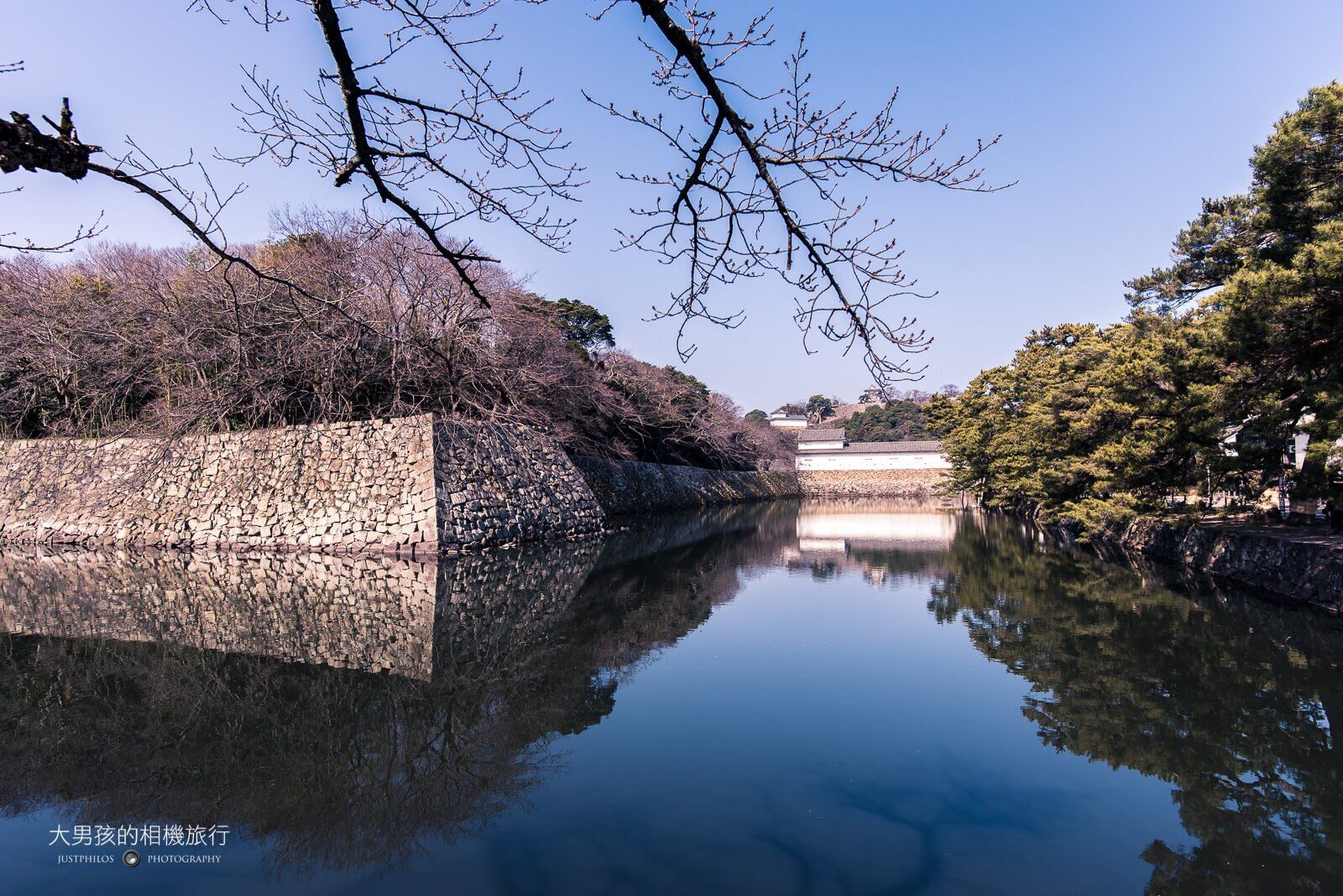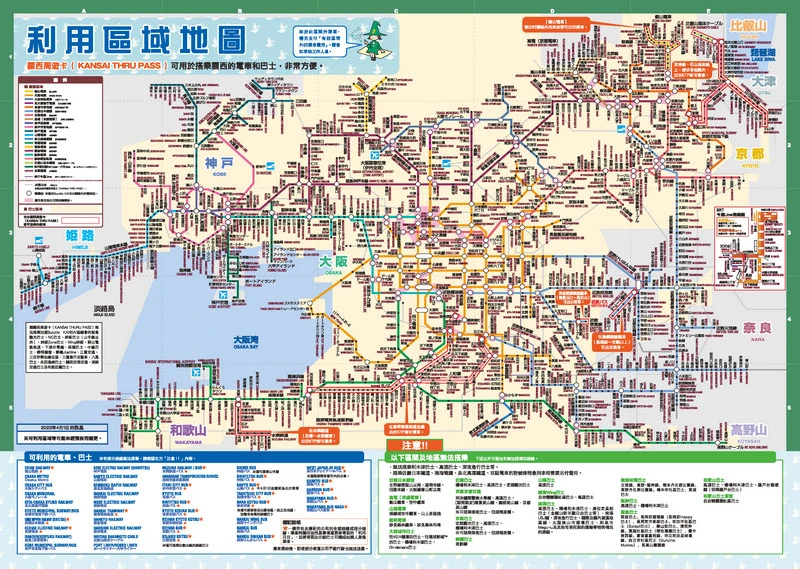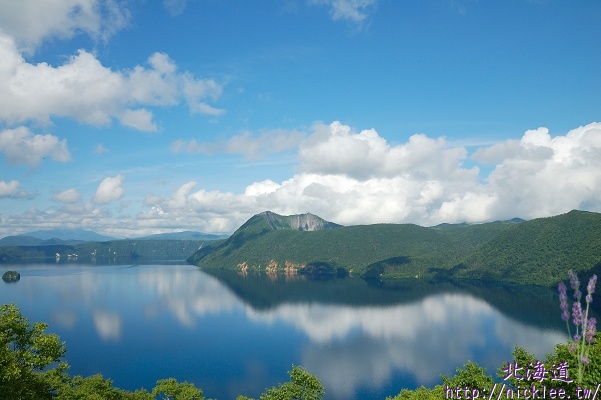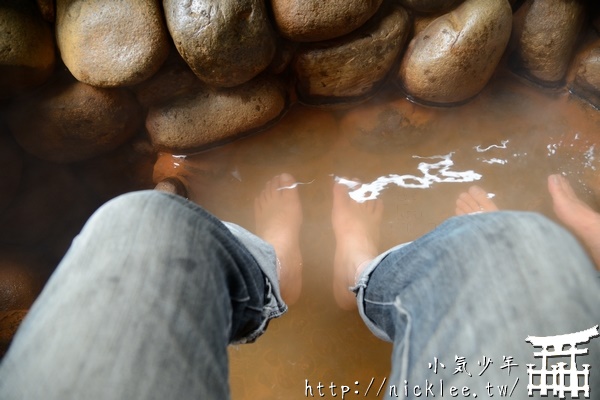Summary
Why not plan a day trip to Shiga when visiting Kyoto? Hikone Castle, located in Hikone, Shiga Prefecture, is not only one of Japan’s top 100 castles, but also a famous cherry blossom viewing spot in spring. When the 1,200 Yoshino cherry trees are in full bloom, it is truly spectacular. The popular “Hikonyan” mascot, representing good luck, is also a must-see for many visitors to Hikone Castle. In addition, from Hikone Castle, you can enjoy a panoramic view of Lake Biwa, the largest lake in Japan. For these reasons, I specially planned a half-day trip to Hikone Castle during my Kansai trip.
About Hikone Castle
Hikone Castle is designated as a national treasure in Japan and is also known as “Golden Turtle Castle”. It is one of the famous castles in the world and has been well preserved. Hikone Castle was planned and constructed by Ii Naomasa, one of the Four Heavenly Kings of the Tokugawa clan, in 1600. Construction began in 1603 after his eldest son, Ii Naokatsu, inherited the castle. The nearby Genkyu-en Garden was built in 1677 and offers a view of Hikone Castle’s main keep from bottom to top.

Visitor Information for Hikone Castle
Address: 1-1 Konkicho, Hikone City, Shiga Prefecture
Phone: 0749-22-2742
Opening Hours: 8:30-17:00, open year-round
Admission Fee: 800 yen; Genkyu-en Garden: 200 yen. (There are also different ticket packages available, please visit the official website of Hikone Castle for more information.)
How to Get to Hikone Castle
How to get to Hikone Castle? The fastest way is to take the JR train. If you are coming from Kyoto, you can take the “JR Biwako Line Rapid Service” from Kyoto Station to Hikone Station. From there, it is about a 10-minute walk following the signs to reach the moat surrounding Hikone Castle. There is also a Hikone Castle Loop Bus available at specific times. For more details, please refer to the official website.

If you have purchased the JR West Japan Rail Pass, which includes the Kansai Area Pass, Kansai Wide Area Pass, Kansai & Hiroshima Area Pass, San’in & Sanyo Area Pass, and Kansai & Hokuriku Area Pass, you can also use the pass to travel to Hikone. It is more cost-effective and convenient for planning your itinerary. I chose the Kansai Wide Area Pass for my trip to Hikone, which allowed me to visit Hikone within the five-day validity period.
Online purchase of transportation passes to Hikone Castle
JR West Japan Rail Pass: Purchase on Klook
JR Kansai Rail Pass: Purchase on Klook | Purchase on KKday
JR Kansai Wide Area Pass: Purchase on Klook | Purchase on KKday




Record of Visiting Hikone Castle
As mentioned earlier, many visitors come to Hikone Castle mainly to see the cherry blossoms. Unfortunately, I visited in early March, so the cherry blossoms had not yet bloomed. Although I felt a bit disappointed, luckily the weather was good on the day of my visit, which somewhat made up for not being able to see the cherry blossoms.


The admission fee for Hikone Castle, including Genkyu-en Garden, is 800 yen. There are also tickets and package deals available for the Hikone Castle Museum, but I didn’t visit the museum this time. If you are interested, you can choose to visit it separately.



Since Hikone Castle is located on a hill, there is a short flight of stairs to climb to reach the castle. It is recommended to wear comfortable shoes for the visit.



Hikone Castle, along with Himeji Castle, Inuyama Castle, Matsumoto Castle, and Matsue Castle, is one of the Five National Treasure Castles in Japan. The reason these five castles are called national treasure castles is because their main keeps are “existing keeps” that have been preserved since the Edo period. Although they have undergone some renovations, they are generally well-preserved. That’s why it is a must to enter the main keep when visiting Hikone Castle.



Once you pass the Daikomon Yagura, you have officially arrived at the main keep. Here, you can choose to enjoy a distant view of Lake Biwa from the nearby observation deck. There are also three daily performances of “Hikonyan” held here. Fortunately, I was able to see the Hikonyan performance during my visit. For the performance schedule of Hikonyan, you can refer to the official website.


I also recorded a video of the Hikonyan performance. Hikonyan is quite cute, which explains why it is so popular. If you are interested, you can take a look.
If you want to see Lake Biwa, you can climb to the nearby platform and enjoy a panoramic view of Hikone City and the distant shores of Lake Biwa. On a clear day, you may even see the coastline of Takashima City on the opposite side of Lake Biwa.

When entering the main keep of Hikone Castle, you need to wear slippers. At the entrance, you can put your shoes in a bag and enter for the visit. However, due to the narrow space inside and some shaky stairs, I actually forgot to take photos of the interior structure of the main keep, which is a bit regrettable. Inside the main keep, there are many narrow spaces for storing firearms, which were used for defense during the castle’s heyday.

After leaving the main keep, if it is cherry blossom season, you can walk to the platform behind the main keep to enjoy the magnificent view of the cherry blossoms. Even if it is not cherry blossom season, you can still take some portrait photos here on a sunny day.

Record of Visiting Genkyu-en Garden
After visiting Hikone Castle, you can also visit Genkyu-en Garden, which is conveniently located along the way from the “Kuromon” gate. It is about a 10-minute walk from Hikone Castle. Genkyu-en Garden was built in 1677 by Ii Naokatsu, the 4th lord of the Hikone Domain. It is a large pond-style Japanese garden that draws water from Lake Biwa, located northeast of Hikone Castle’s main keep. The concept of the garden was inspired by the Tang Dynasty palace gardens built by Emperor Xuanzong.


The half-day trip to Hikone Castle was quite enjoyable. Although I didn’t see the cherry blossoms, the good weather allowed me to capture some extra beautiful shots of the castle and garden. If you are planning a trip near Kyoto or visiting Shiga, I recommend including a visit to Hikone Castle to experience one of Japan’s four remaining wooden castles.





